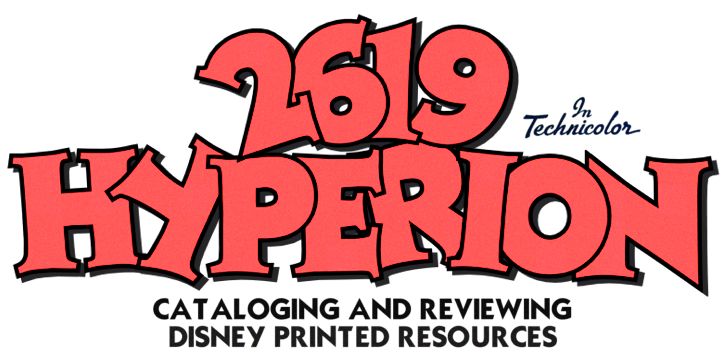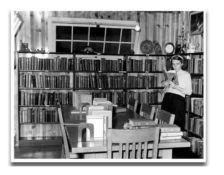 Disney Lost and Found: Exploring the Hidden Artwork from Never-Produced Animation
Disney Lost and Found: Exploring the Hidden Artwork from Never-Produced AnimationIn the book's first section, Visions Lost and Found, Solomon presents artwork and conceptualizations from classic features such as Snow White and the Seven Dwarfs, Sleeping Beauty and The Rescuers. The chapter is essentially a collection of either deleted scenes or abandoned concepts. Especially revelatory were early concept designs for Sleeping Beauty by Bill Peet that demonstrated a dramatic contrast from that film's ultimate realization, and an extensive amount of material showing two early and very different story ideas for The Rescuers.
The remainder of the book focuses specifically on two more recent abandoned projects from Walt Disney Feature Animation.
 Predating Chicken Little by a number of years, Wild Life was intended to be the studio's first foray into a wholly CG animated feature. Solomon notes, "Wild Life began as a Pygmalion story designed to show children the shallowness of the world of glitz and fashion. But over the a period of months, it turned into a more cynical story set in the club scene of Big City, a fictionalized 1970s New York, the era when David Bowie and The Velvet Underground hung out with jet-setters in urban clubs." Designs by artists such as Hans Bacher, Floyd Norman and Greg Killman reveal a concept that was indeed a very dramatic departure for Disney. Alternately stunning and outrageous (and sometimes both), the designs for Wild Life clearly extended beyond what was considered appropriate for a Disney feature and it is not difficult to understand why it was ultimately shelved. As Solomon notes, " . . . insurmountable problems arose, especially between the decadent milieu of the later versions and the requirements of the traditional Disney audience."
Predating Chicken Little by a number of years, Wild Life was intended to be the studio's first foray into a wholly CG animated feature. Solomon notes, "Wild Life began as a Pygmalion story designed to show children the shallowness of the world of glitz and fashion. But over the a period of months, it turned into a more cynical story set in the club scene of Big City, a fictionalized 1970s New York, the era when David Bowie and The Velvet Underground hung out with jet-setters in urban clubs." Designs by artists such as Hans Bacher, Floyd Norman and Greg Killman reveal a concept that was indeed a very dramatic departure for Disney. Alternately stunning and outrageous (and sometimes both), the designs for Wild Life clearly extended beyond what was considered appropriate for a Disney feature and it is not difficult to understand why it was ultimately shelved. As Solomon notes, " . . . insurmountable problems arose, especially between the decadent milieu of the later versions and the requirements of the traditional Disney audience."Much more regrettable is the abandonment of My Peoples. Solomon's description of the proposed feature indicates what might have been a wholly original and visually stunning film:
"The idea for My Peoples grew out of Barry Cook's interest in American folk art. The co-director of Mulan, Cook imagined a tale of star-crossed lovers set in Appalachia in the late 1940s. Old Man McGee swears to keep his daughter Rose away from Elgin Harper because of an old feud and the superstition that 'bad things happen' when Harpers and McGees get together. The 'Peoples,' folk-art characters Elgin crafts from found objects, come to life to bring the young lovers together."
 The interesting twist to the film's design was that the Peoples would have been rendered in CG in contrast to the film's overall presentation in traditional animation. The artwork revealed in the book foreshadowed what could have been an amazing and visually arresting final film. A careful reading between the lines indicates that executive-level interference ultimately doomed the project, but Solomon does note that "Some artists still hope that My Peoples will be revived one day."
The interesting twist to the film's design was that the Peoples would have been rendered in CG in contrast to the film's overall presentation in traditional animation. The artwork revealed in the book foreshadowed what could have been an amazing and visually arresting final film. A careful reading between the lines indicates that executive-level interference ultimately doomed the project, but Solomon does note that "Some artists still hope that My Peoples will be revived one day."One common characteristic among Disney enthusiasts seems to be the hunger to see that which might have been. Disney Lost and Found serves up a veritable feast that satisfies and manages to squelch a least some of that hunger.




0 comments:
Post a Comment